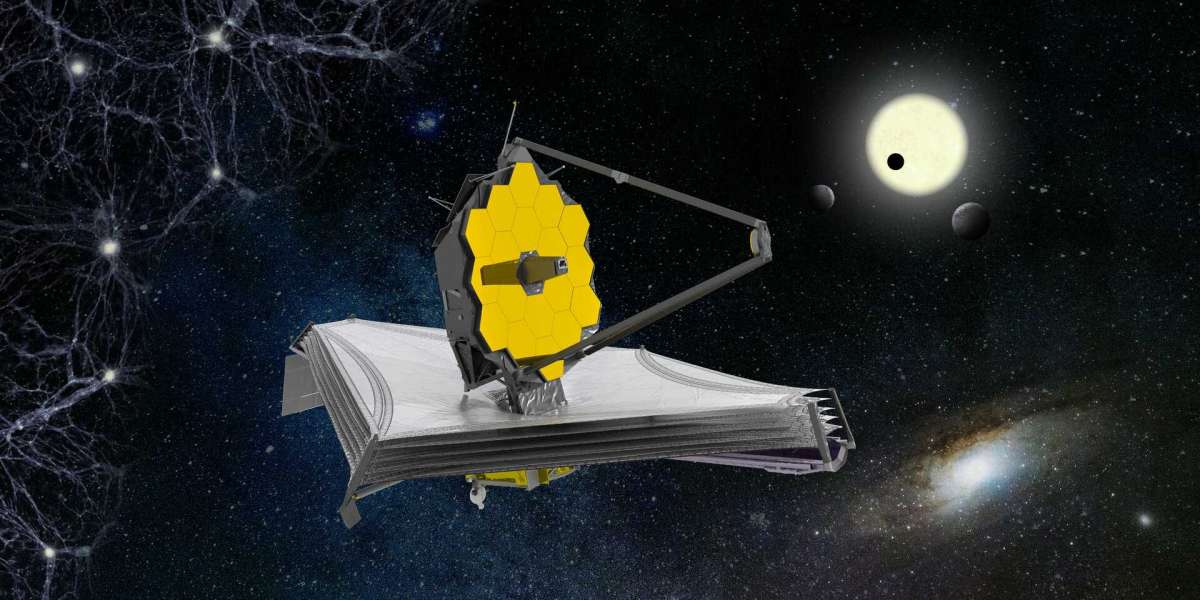The telescope was focusing on Comet Read when it noticed a water vapour cloud surrounding it. This important finding suggests that ice preservation might be possible even in the hottest parts of the solar system. As a result, knowledge gained from the comet water discovered by the Webb Telescope may aid in the explanation of how our planet acquired such a big water supply at such a young age.
The odd main-belt comet subclass includes Comet Read. They occasionally exhibit comet-like behaviour, but their asteroid-belt-like orbits around the sun cause them to behave more like asteroids than comets. Main-belt comets usually just exhale dust, as opposed to classic comets, which lose their substance through the melting of ice. The discovery of water on Comet Read puts into question the notion that many comets contain little ice due to their close closeness to the sun.
The discovery of water in the asteroid belt has stimulated investigation on the location of water in the solar system. To ascertain whether Earth-like planets are present in other planetary systems, these specifics may be required.
The discovery of comet water by the Webb Telescope highlights the significance of continuous space exploration. The findings made there may offer clues to the biggest enigmas in the universe as well as answers to problems inside our own solar system. Astronomers who research the cosmos have a bright future since each new discovery advances our understanding of the complex structure of the universe.
Read more,








